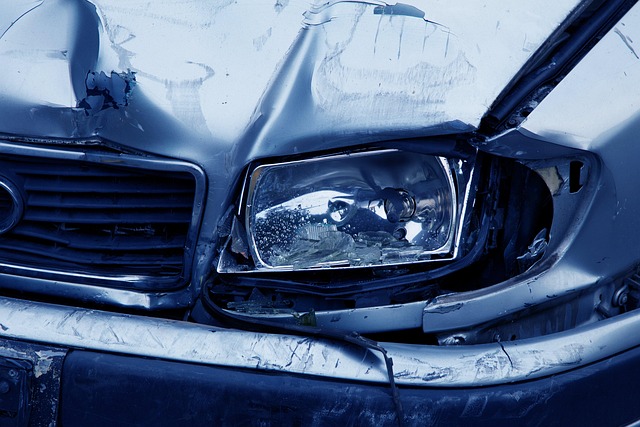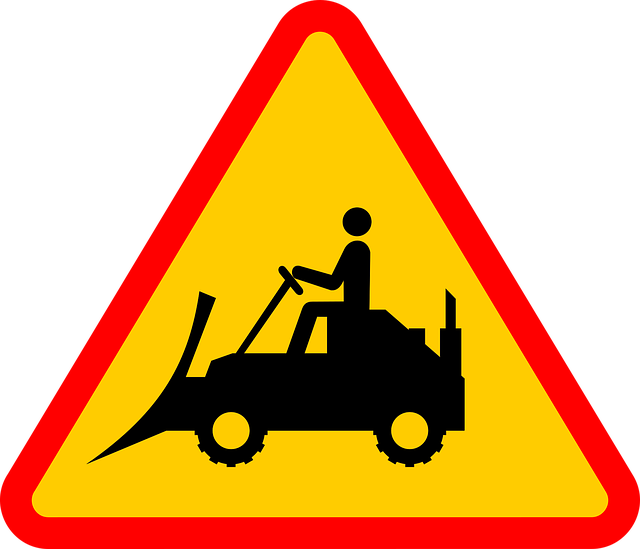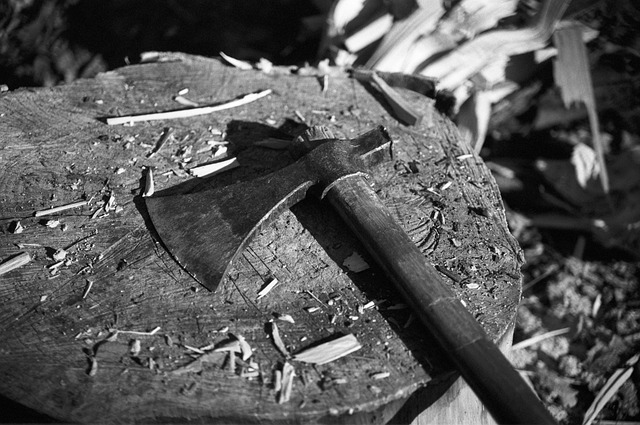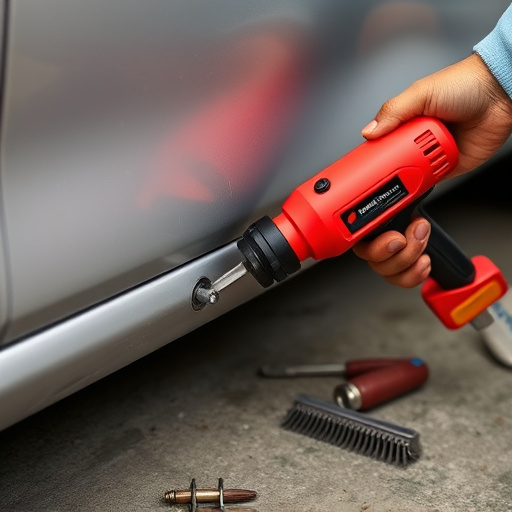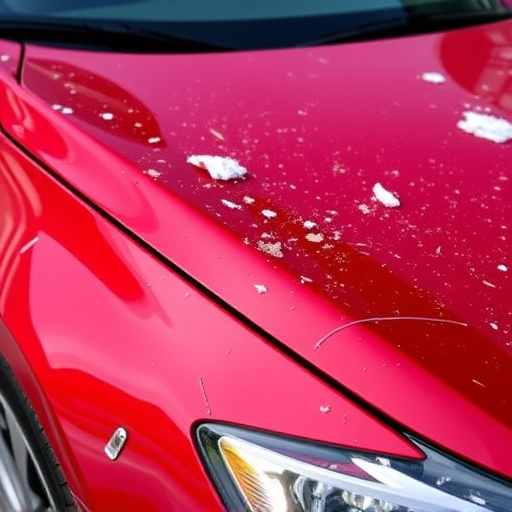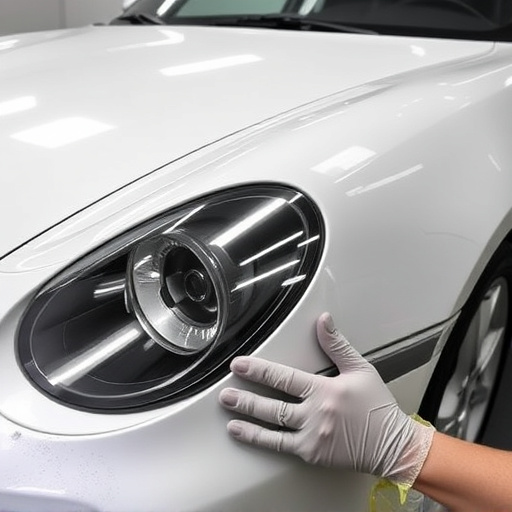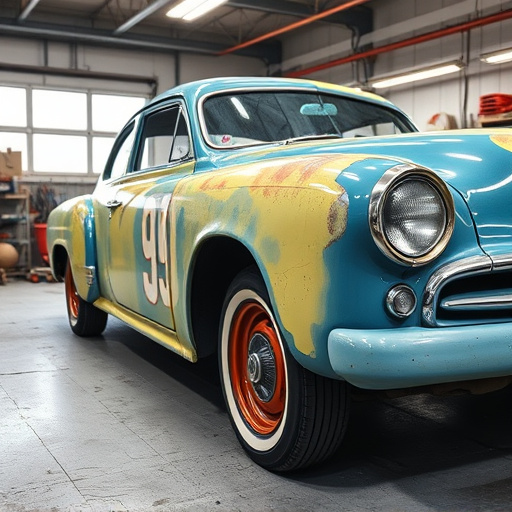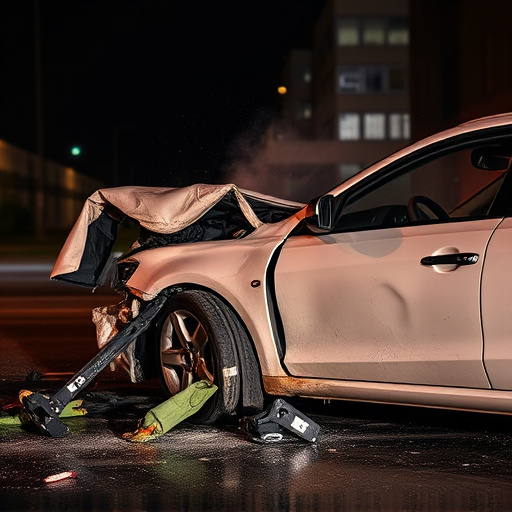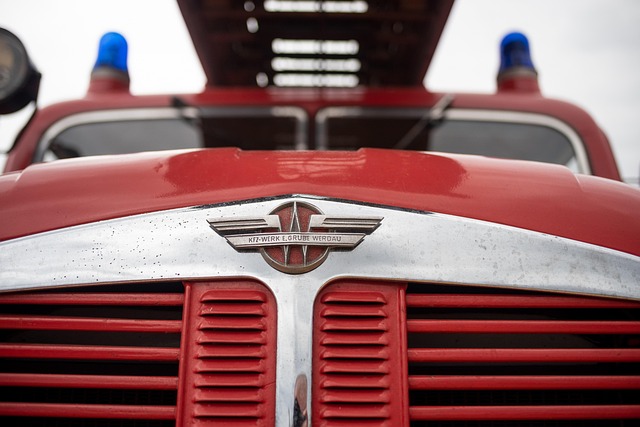Assessing damage is auto body frame repair's initial, crucial step. Technicians meticulously inspect vehicle structure using specialized tools to identify bent panels, misaligned components, and hidden damage, documenting findings accurately. This evaluation guides selection of proper replacement parts, sets realistic timelines, and ensures compliance with safety standards for successful restoration of structural integrity and roadworthiness within a trusted automotive body shop.
The process of auto body frame repair is a meticulous art that demands precision and expertise. When an automobile sustains damage, whether from an accident or collision, it’s not just the visible components that require attention but also the underlying framework—the auto body frame. This comprehensive guide delves into the crucial steps involved in restoring such vehicles to their pre-incident condition, emphasizing key aspects like assessing damage, meticulous demolition and straightening, expert panel replacement, and final assembly, ensuring each stage is executed with meticulous care for optimal safety and structural integrity.
- Assessing the Damage and Planning the Repair
- – Understanding the extent of the auto body frame damage
- – Safety considerations and temporary repairs
Assessing the Damage and Planning the Repair
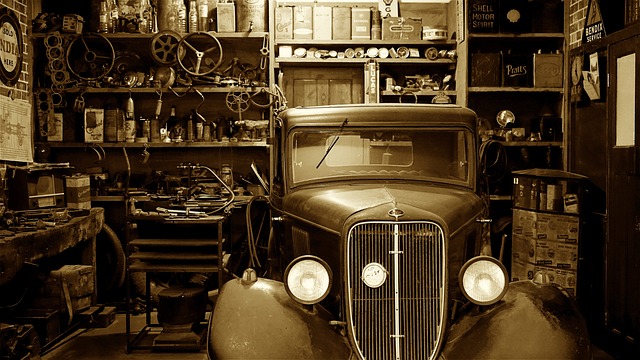
Assessing the extent of damage is a critical first step in any auto body frame repair process. It involves a thorough inspection of the vehicle’s structure, identifying bent or crushed panels, misaligned components, and potential hidden damage. Technicians utilize specialized tools and expertise to measure and document the deformation, ensuring an accurate understanding of the repair requirements. This meticulous evaluation is crucial for planning effective solutions, selecting appropriate replacement parts, and setting realistic timelines within a trusted vehicle body shop.
Once the damage assessment is complete, skilled auto body repair technicians develop a comprehensive repair plan. They consider not only the visible signs of damage but also potential underlying issues that may have contributed to the accident or structural compromise. This strategic planning involves determining the sequence of repairs, estimating material and labor costs, and ensuring compliance with safety standards in an automotive body shop. It’s a meticulous process that guarantees a successful restoration, restoring the vehicle to its original integrity and roadworthiness.
– Understanding the extent of the auto body frame damage

Before initiating any auto body frame repair, it’s crucial to thoroughly assess and understand the extent of the damage. This step sets the foundation for a successful restoration process. Inspecting the frame involves checking for misalignments, bent or broken components, and potential structural weaknesses. Techniques like visual inspection, utilizing specialized tools, and even advanced technology can help identify hidden issues.
Accurately determining the magnitude of car damage repair—be it from an accident, collision, or minor fender bender—is vital. This knowledge ensures that every aspect of the auto body frame repair process is tailored accordingly, from choosing the right replacement parts to devising a comprehensive restoration strategy in an auto collision center. It’s about ensuring both the safety and structural integrity of the vehicle for future use, effectively transforming it from damaged to restored condition.
– Safety considerations and temporary repairs

Before initiating any auto body frame repair, safety should be the paramount consideration. This includes ensuring the workspace is well-lit and organized to prevent accidents. Personal protective equipment (PPE) like gloves, goggles, and ear protection must be worn by all personnel involved in the process. Temporary repairs, such as using wooden props to stabilize damaged areas or securing loose parts with clamps, are crucial steps that help maintain vehicle integrity during the initial assessment and planning stages. These interim fixes allow mechanics to work safely and efficiently while preparing for more intricate repairs, ultimately contributing to a successful fender repair or broader collision repair center services.
Additionally, understanding the extent of damage is vital. Auto body frame repairs often involve complex processes that require specialized tools and expertise. A thorough inspection by trained technicians helps identify not just visible damages but also hidden issues, ensuring every part of the vehicle is in optimal condition before proceeding with any vehicle repair services. This meticulous approach prevents further complications, reduces the risk of secondary damage, and ensures a strong foundation for high-quality fender repair or more extensive frame restoration work.
Auto body frame repair is a meticulous process that demands careful assessment, strategic planning, and adherence to safety protocols. By understanding the extent of damage, implementing temporary repairs for safety, and thoroughly planning the restoration, professionals can ensure precise and effective auto body frame repair, restoring vehicles to their pre-incident condition.


